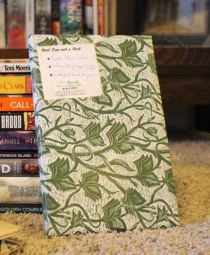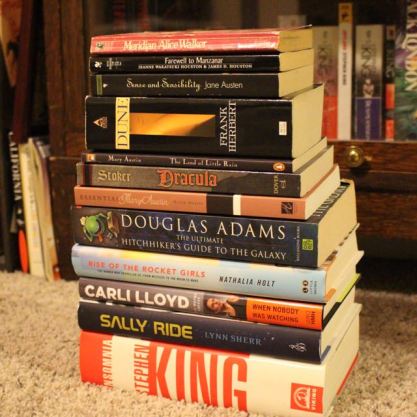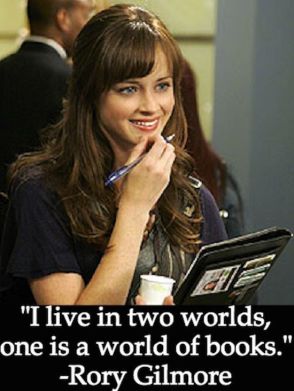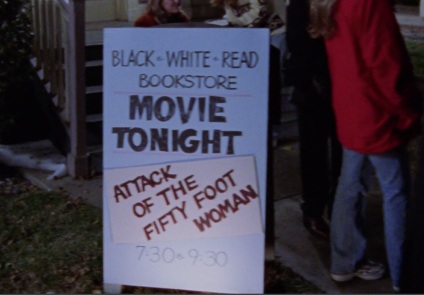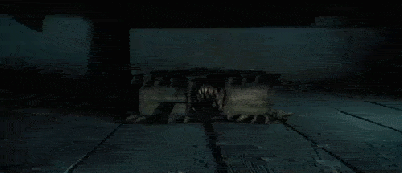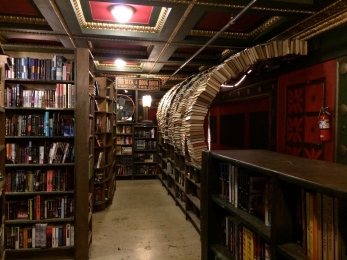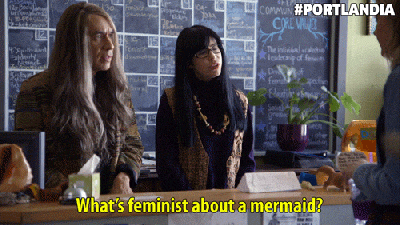In my last post I detailed the first part of my recent cross-country trip. To catch you up, I took off on a nearly two-week road trip with my favorite road buddy Tim. The main purpose of our trip was to attend a second memorial service for his mom in her hometown of Bushnell, Illinois. His mom passed away in May, and my dad passed away in June. Having both been hit with the loss of a parent within about a month of each other, we also knew we needed to make this trip to take care of ourselves and to get a break from all that we had been through. So, we put our lives on hold and took off.
When I left off last time, we were on our way to Bushnell, Illinois, but we had a stop planned in Hannibal, Missouri on our way there. Hannibal is best known for being the home of Mark Twain–a fact that becomes very obvious when you see just how much this town has formed its identity and a whole tourist industry on the famous American author. If you haven’t figured it out yet, I am a sucker for quirky tourist stuff, and I also love literature. So of course I had to stop in Hannibal.

I think Jack Skellington would be proud of this combo.

If you stare too long, you may start to believe that these wax figures move.

This is a mix of real & fictional people. Maybe the message here is that we all may be a bit fictional.

As if his stare wasn’t creepy enough, this poor fellow has no body.

Haunted? More like awesome!
One of the first things in Hannibal that came up on my Roadside America app was the Haunted House on Hill Street–part Christmas & Halloween store, part wax museum, part haunted house and 100% awesome! This rates high on the list when it comes to quirky things we saw on this trip. Perhaps the scariest part of the experience was the room full of 27 wax figures of both real and fictional people from Twain’s life and books. This part of the tour involved standing and staring through glass at the wax figures, which were lit from below–something which upped the spooky factor. A voice narration described who everyone was as well as some interesting facts about the people represented in the room. We learn, for example, that the Tom Sawyer figure contains real teeth taken from a boy’s mouth. There’s no explanation about why the teeth were extracted, and if the boy knew they would live on in the likeness of Tom Sawyer. The narration was just long enough to make you question whether or not a figure or two moved while you stood there staring. Needless to say, I was thankful that there was glass between us and them. At the conclusion of the narration, we were directed to walk through a door and into the haunted house. This was your standard haunted house fare, complete with black lights, glowing creatures, things that pop up, bursts of air and sudden noises. I laughed and screamed in turns, and had a good time.

Timmy Thatcher

Steph Sawyer
It’s hard to top an experience like that, but we did have fun visiting Twain’s boyhood home, Huck Finn’s house and Becky Thatcher’s house. I am a book nerd, so I took a moment to whitewash Tom Sawyer’s fence just long enough for a picture, but then I figured it was time to find some friends to handle the job for me.
We gave a quick wave to the Mississippi and then drove up to Bushnell. I had heard quite a bit about Bushnell from Tim’s mom Anne. She always had a fondness for the small town she grew up in and continued to have her columns published in the local paper up until her death. Anne’s stories about the people from Bushnell and the town itself made me feel like I had already been there. Bushnell is a small town of just over 3,000 people. It was founded in 1854 when the Northern Cross Railroad built a line through the area. It’s got the quiet tree-lined streets one expects in a small, Midwest town, and there was a strong sense of community present when we gathered at the community center for the celebration of Anne’s life. I am not a small-town girl, but I can see why Anne held a special place in her heart for her hometown. I had a lovely time visiting Tim’s family in Bushnell and hearing stories of his mom’s youth spent in the town.

I’m not a baseball fan, but seeing LA represented in Bushnell made me smile.
Before we left Bushnell for our next stop in Indianola, Iowa, Tim insisted that we stop at a local grocery store to buy some ham salad. Tim said it was one of his favorite foods on his childhood trips back to Bushnell. I use the term “food” loosely because I take issue with anything that lists the first ingredient as “Assorted Hams.” Chalk it up to my snobby California palate, but I really don’t think I can accept ham salad as a food.
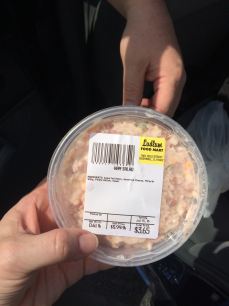
After the ham salad adventure, we began the drive to stay with our friends in Indianola, Iowa. We stopped at a bookstore in Burlington, Iowa that was home to a replica of the TARDIS from Doctor Who. Aside from the TARDIS, Burlington by the Book is a delightful bookstore with a nice selection and friendly staff. We even made time to drive down Snake Alley, a competitor for the title of World’s Crookedest Street. Apparently there is much debate about which is more crooked: Snake Alley or San Francisco’s Lombard Street. I have been down both, and scientifically I am not sure which street should have the title, but I think I enjoyed the fact that there is less traffic on Snake Alley. Plus, it’s in a town with a TARDIS, so that should get some bonus points. I’m not sure, but I think that the TARDIS and the crooked street might be some kind of sign that something is off with the space-time continuum in Burlington, which makes it an awesome place to visit. I would love to go back and explore the town a bit more because we saw some interesting street art and other stores that would be worth checking out.
I experienced my first major Midwest summer storm from behind the wheel of my Honda Civic as we made our way across Iowa. We made a quick stop at a gas station as the sky opened up and thunder rattled the awning over our heads. We looked around as lightning streaked across the sky and realized that the locals were not heading for cover despite the torrential downpour, so we bravely pulled out onto the road. Fortunately the rain stopped and moved on almost as quickly as it started, but the experience did leave me asking Tim to Google the signs of an impending tornado. I am happy to report that I did not end up experiencing my first tornado on this trip.
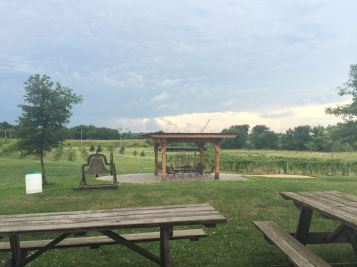
We made an unplanned stop at Cedar Valley Winery when we saw a sign advertising wine tasting. Tim and I have made regular trips to the Napa Valley, and we finally took a wine tasting class earlier this year, so we decided to put our tasting skills to the test in Iowa. Living in California, it is easy to forget that many other areas produce wines, and we were surprised to see this cute, little winery tucked in the middle of the cornfields of Iowa. The woman who worked in the tasting room was very knowledgeable and explained that the wines there were made entirely from the grapes grown on the property. She also told us that Midwesterners tend to enjoy their wines on the sweeter side, which we noticed with the wines we tasted. She asked about the purpose of our trip, and Tim explained that both of us had recently lost a parent and that we had just been to a memorial service for his mom in her hometown. It’s a tale that’s part Victorian novel and part fodder for the classic American road trip, right?
As I said in my last post, this could easily be a story of all those complicated emotions that are a part of grieving the loss of a loved one. And to be honest, when I would hear one of us start to tell the story, it almost sounded tragic to the point where I wanted to laugh in order to avoid crying my eyes out. Yeah, grief is complicated. And sometimes all you can do is get on the road and keep driving, which is why we did what we did. Maybe this is the kind of story where we find ourselves out on the road, or maybe it was just a way to try to fill in a little bit of the huge void left when you lose a parent. I don’t know yet. Even though the miles on the road are done, there are still miles to go in the grieving process, and I am lucky we had the opportunity to drive cross country because staying still was making me lose my mind.
I will leave off there for this post and will wrap things up in part three in a few weeks.
For anyone planning a road trip, I highly recommend the Roadside America app. I am not being paid to endorse their app or website; I am just a huge fun. I opted for the full version (includes attractions in the U.S. and Canada) at $8.98–less than what you would pay for most travel books. You can get just one region for $2.99 if you don’t want the full version, but I would recommend getting all of it to inspire future travels.
All pictures are by me except the Bushnell sign, the TARDIS picture and the picture of me with Tom Sawyer’s fence. Those are by Tim Pershing.
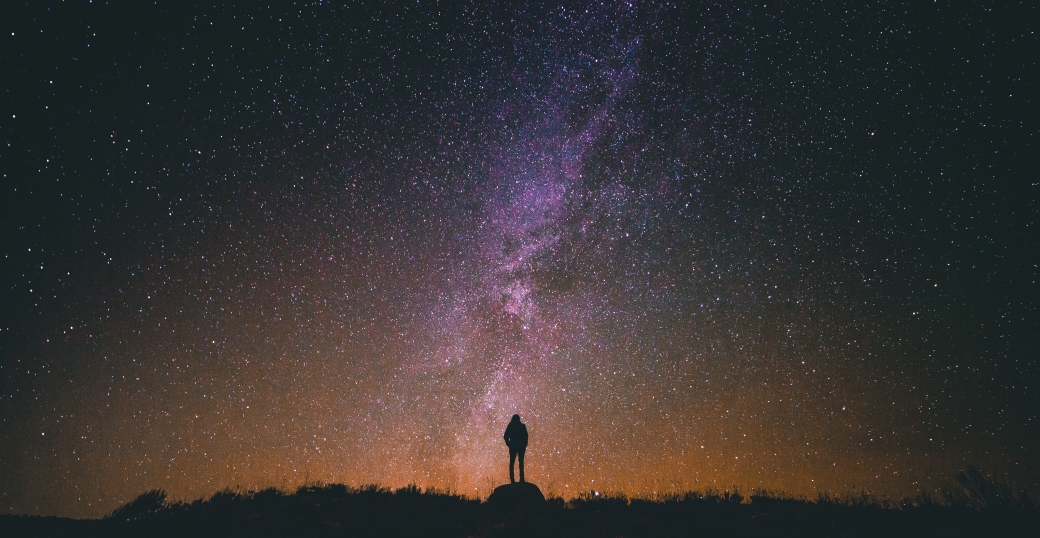
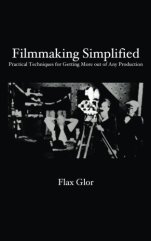 Taking an idea from a screenplay to a finished film involves a lot of moving parts. For the beginning filmmaker, it can seem overwhelming to the point of not even starting a project. Flax Glor’s new book does exactly what it’s title promises: it simplifies the filmmaking process by offering up a clear outline of what is involved at every step of the journey to finished film. Do not let the small size of this book fool you into thinking it is light on information. Glor packs each chapter full of lists of resources, which are especially useful for a beginning filmmaker looking to build their library of resources.
Taking an idea from a screenplay to a finished film involves a lot of moving parts. For the beginning filmmaker, it can seem overwhelming to the point of not even starting a project. Flax Glor’s new book does exactly what it’s title promises: it simplifies the filmmaking process by offering up a clear outline of what is involved at every step of the journey to finished film. Do not let the small size of this book fool you into thinking it is light on information. Glor packs each chapter full of lists of resources, which are especially useful for a beginning filmmaker looking to build their library of resources.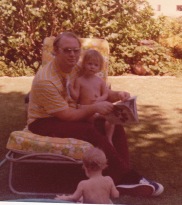







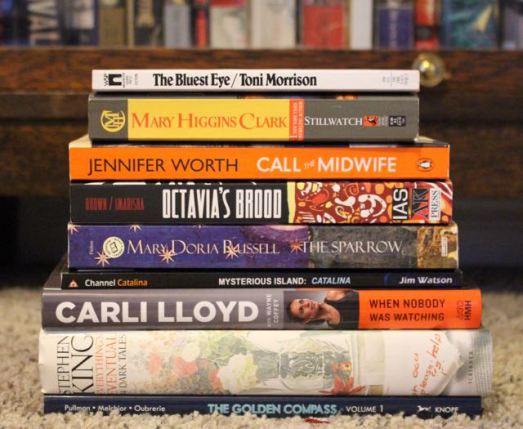
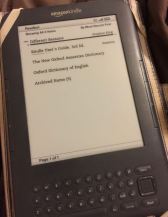 In addition to my standard stack of books, I will also be braving my first book on an ereader this time. This is quite a big step for me because I have been rather vocal about my
In addition to my standard stack of books, I will also be braving my first book on an ereader this time. This is quite a big step for me because I have been rather vocal about my 